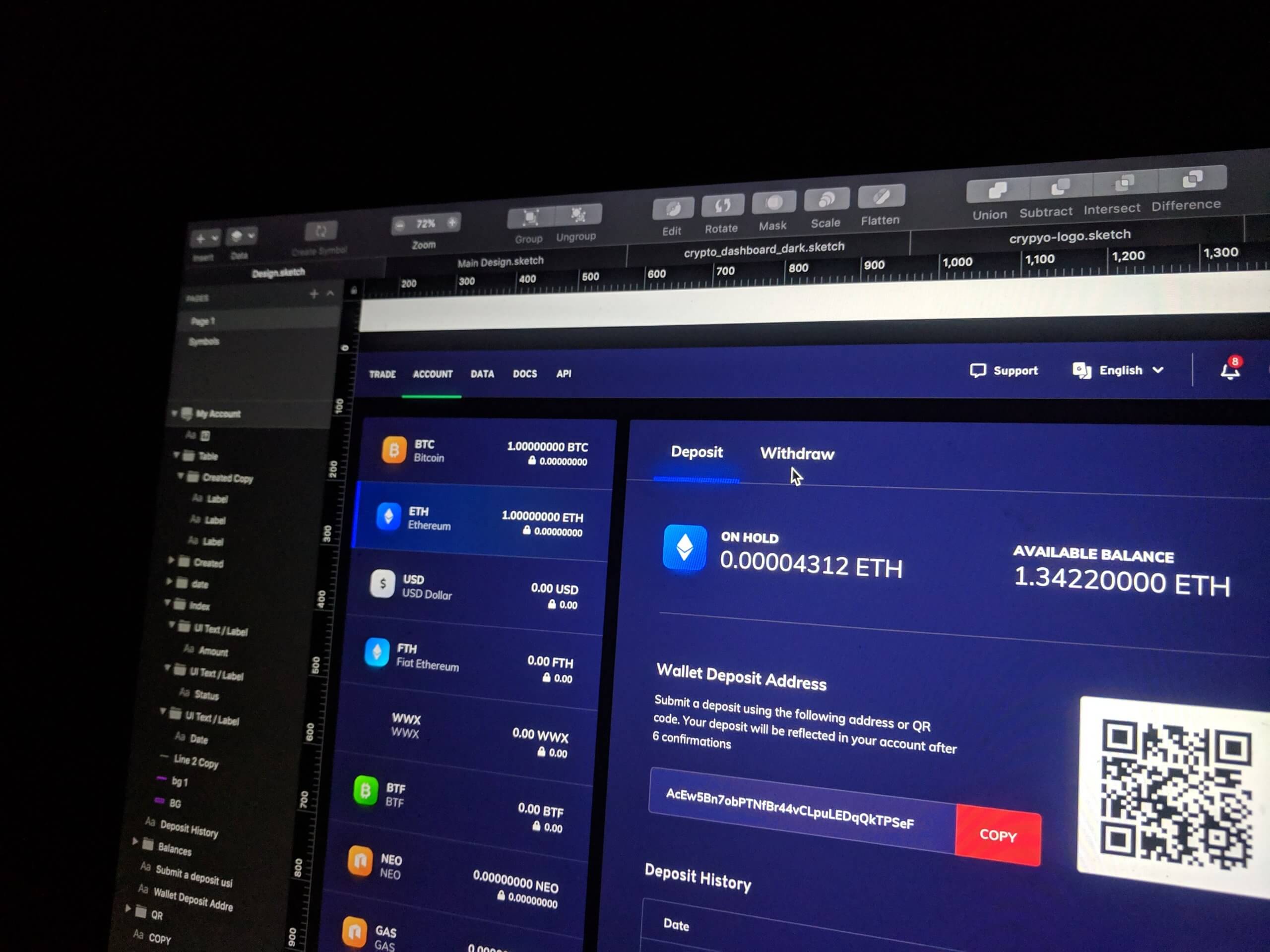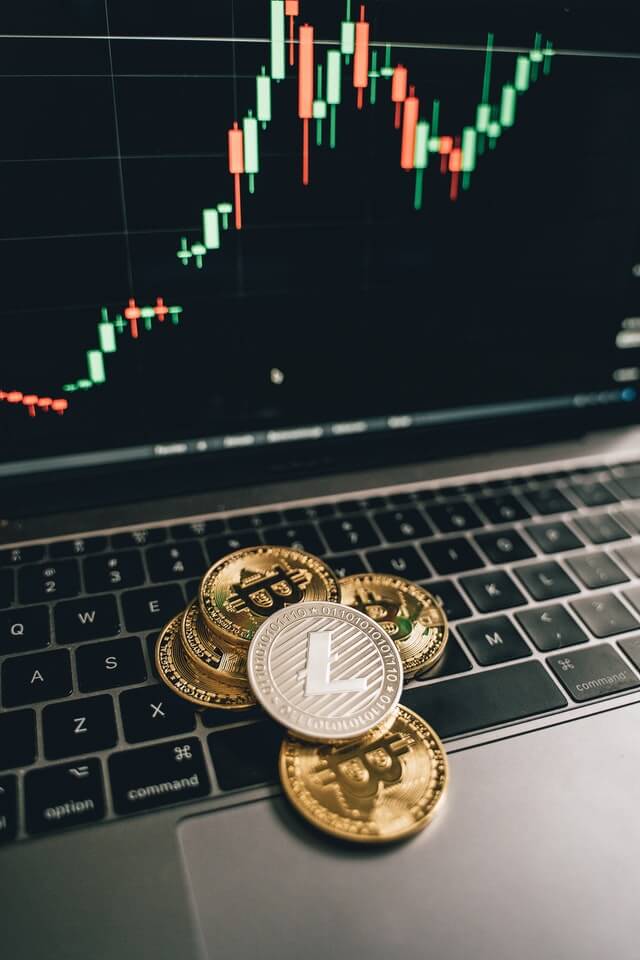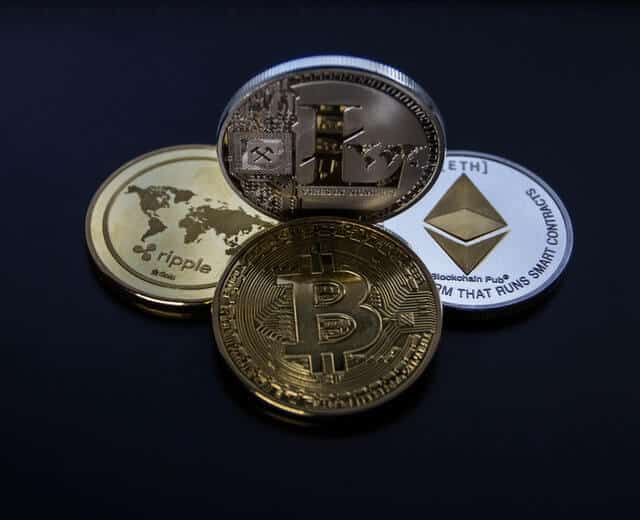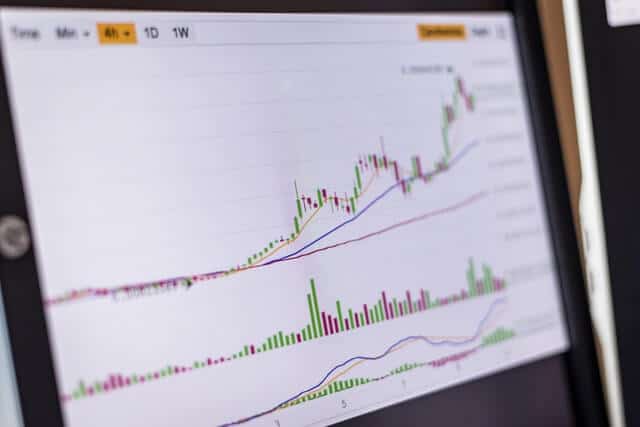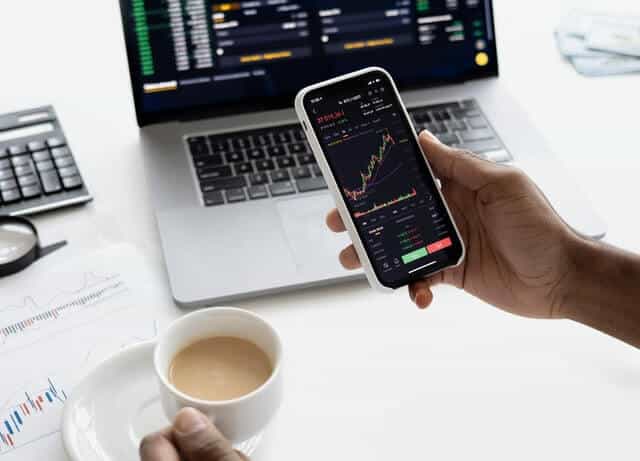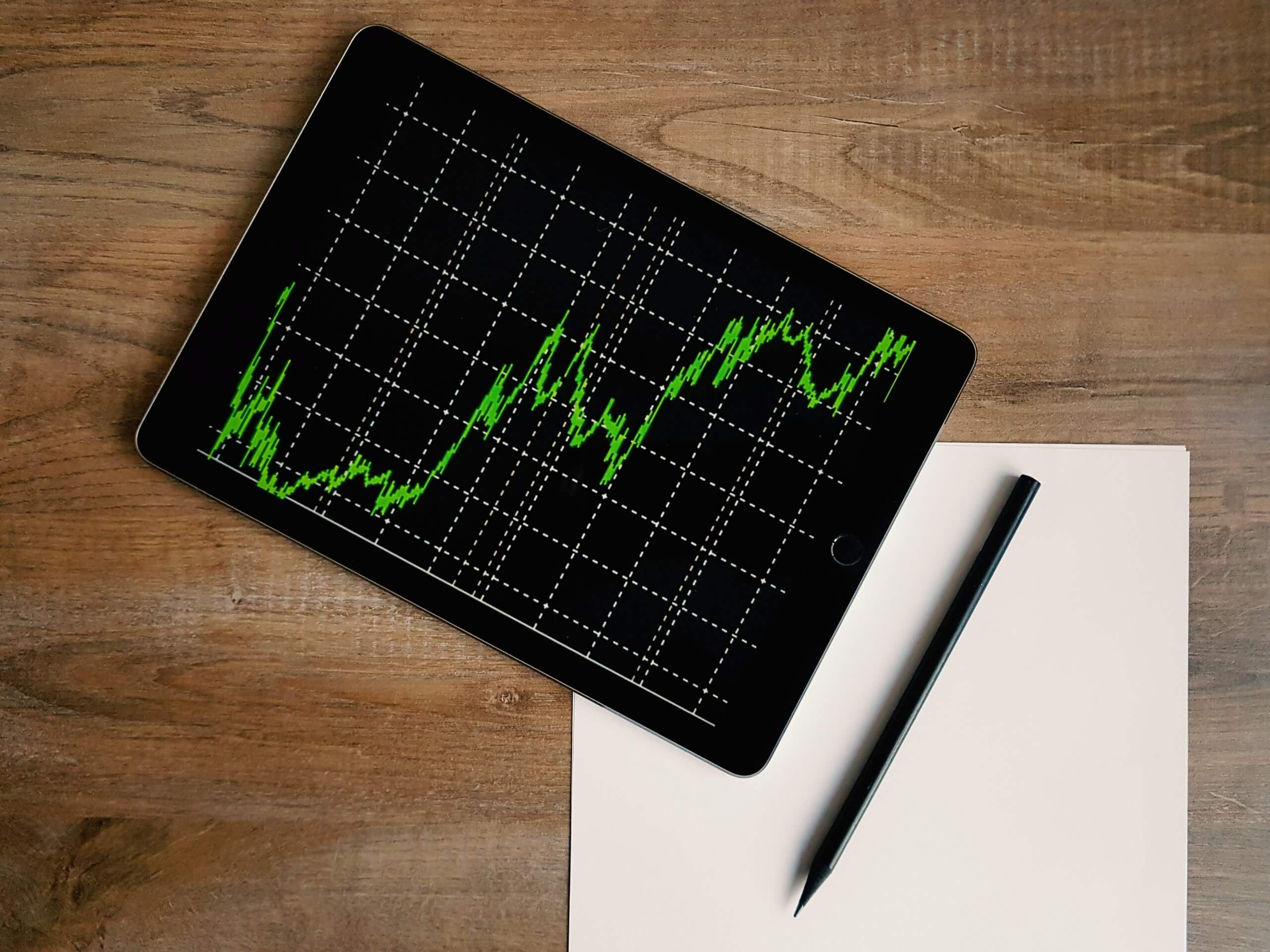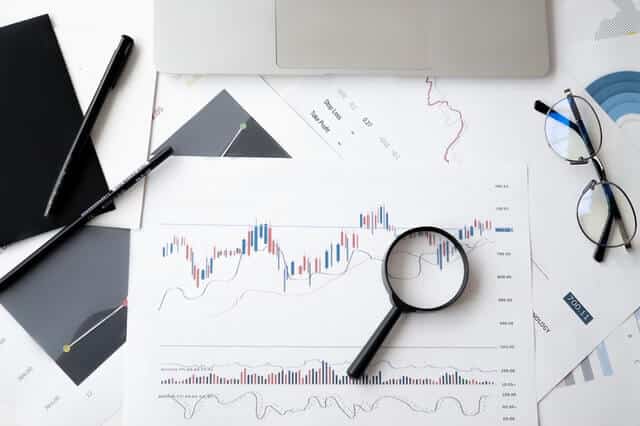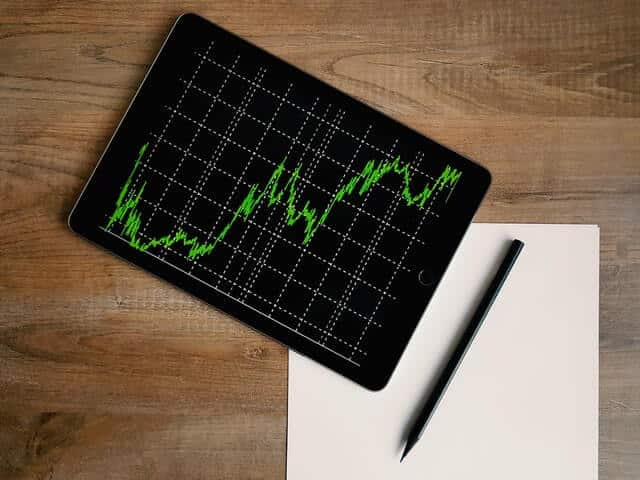Bitcoin trading is gaining serious momentum — not just in crypto circles but in the traditional forex world too. With the ability to trade 24/7 and profit from volatility at any hour, Bitcoin is transforming the global trading landscape. Just like traditional forex trading, Bitcoin can be speculated on using sophisticated tools like leveraged contracts, perpetual swaps, and futures.
In this guide, we’ll break down everything you need to know about Bitcoin and forex trading — what they are, how they differ, and how traders are combining both worlds to diversify their portfolios and seize new opportunities.
Disclaimer: This post is for educational purposes only. It does not constitute investment advice. Trading cryptocurrencies and forex carries risk. Always consult with a professional financial advisor and never trade more than you can afford to lose.
What is Bitcoin?
Bitcoin is the world’s first and most well-known cryptocurrency. It’s a decentralized digital currency that operates without a central bank or government. Instead, Bitcoin transactions are verified by a global network of nodes using blockchain technology — a public ledger of all transactions.
Key Features of Bitcoin:
-
Decentralized: No single authority controls Bitcoin.
-
Limited Supply: Only 21 million bitcoins will ever exist, making it a deflationary asset.
-
Peer-to-Peer: Users can send and receive Bitcoin without intermediaries.
-
Highly Volatile: Bitcoin’s price can swing dramatically, creating both risk and opportunity.
Bitcoin is used not only for payments but also increasingly as a speculative asset and store of value, similar to gold.
What is Forex?
Forex, or the Foreign Exchange Market, is the world’s largest financial market where global currencies are traded. With over $7 trillion traded daily, it operates 24/5 and allows traders to profit from the fluctuating exchange rates of currencies like the USD, EUR, GBP, and JPY.
Key Concepts in Forex:
-
Currency Pairs: Traders speculate on how one currency will perform relative to another (e.g., EUR/USD).
-
Leverage: Brokers allow traders to control large positions with small capital.
-
Liquidity: Major currency pairs are extremely liquid, offering fast order execution.
-
Economic Impact: Forex is heavily influenced by geopolitical and macroeconomic events.
Forex is ideal for traders who like high liquidity, deep technical analysis, and access to a wide range of economic indicators.
Bitcoin vs. Forex Trading: What’s the Difference?
While both Bitcoin and forex trading involve speculating on price movements, they differ in several fundamental ways:
| Feature | Bitcoin Trading | Forex Trading |
|---|---|---|
| Market Hours | 24/7 (365 days) | 24/5 (Weekdays only) |
| Volatility | Extremely high | Moderate to high (news-driven) |
| Assets Traded | Crypto (BTC, ETH, etc.) | Fiat currencies (USD, EUR, GBP) |
| Regulation | Light to moderate (varies by region) | Heavily regulated globally |
| Exchanges Used | Crypto exchanges | Forex brokers |
| Risk Level | High (due to volatility and leverage) | High (but with stable pairs) |
Despite the volatility, many experienced forex traders are now actively trading Bitcoin because of its predictable chart patterns, breakout potential, and non-stop trading hours.
How Bitcoin is Integrated into Forex Trading
Modern forex brokers have recognized the growing demand for cryptocurrencies. Today, many platforms offer Bitcoin pairs like BTC/USD or BTC/EUR, allowing users to trade them with traditional forex tools such as:
-
CFDs (Contracts for Difference)
-
Perpetual Futures Contracts
-
Leverage and Margin Trading
-
Stop-Loss and Take-Profit Orders
Some brokers even allow you to hold Bitcoin as margin collateral, merging the crypto and forex worlds seamlessly.
Additionally, crypto-focused exchanges now provide forex-style trading experiences — with full charting tools, derivatives markets, and API automation.
Why Combine Bitcoin and Forex in Your Strategy?
By incorporating both Bitcoin and forex into your strategy, you can:
-
Diversify Your Portfolio: Reduce dependence on fiat-only volatility
-
Capitalize on Volatility: Trade BTC during the weekend when forex is closed
-
Hedge Market Risk: Use BTC positions as a hedge against fiat depreciation
-
Unlock 24/7 Opportunities: Keep earning when other markets are asleep
AltSignals, for example, provides highly accurate Bitcoin and forex trading signals that help traders navigate both markets with precision. Their Telegram community, premium signal service, and TradingView insights are perfect for hybrid traders.
Tools You’ll Need for Bitcoin & Forex Trading
To trade effectively, you’ll need the following tools:
-
✅ Trading Platform (e.g., MetaTrader 4/5, Binance, Bybit)
-
✅ Signal Provider (e.g., AltSignals.io for BTC & Forex)
-
✅ Charting Tools (e.g., TradingView for technical analysis)
-
✅ Risk Management Plan (e.g., position sizing, stop-loss strategies)
-
✅ Market News Source (e.g., Cointelegraph, Forex Factory)
Using signals from professional providers like AltSignals.io, traders can stay ahead of the curve and benefit from time-sensitive trades based on technical and fundamental analysis.
Final Thoughts: Should You Trade Bitcoin Like Forex?
Absolutely — but with caution.
Bitcoin and forex trading each offer lucrative opportunities, but they also come with their own risks. Combining the two allows you to tap into both traditional and modern financial ecosystems. Whether you’re looking to swing trade Bitcoin or scalp EUR/USD, the right strategy, tools, and signal support are essential.
If you’re looking for a reliable starting point, join the AltSignals free Telegram channel to get Bitcoin and Forex trade setups, learn new strategies, and start building your edge in the markets.
